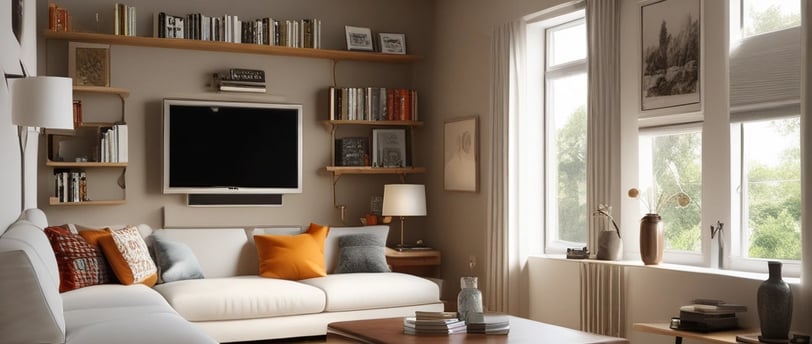Understanding Your Drywall: A Guide to Different Types and Their Applications
9/8/20242 min read


Introduction
When it comes to home improvement or construction, understanding the various options available for construction materials is crucial. Drywall is one such material that requires careful selection depending on its use case. This guide will explore the different types of drywall and their specific applications, helping you make an informed decision for your next project.
Standard Drywall
Standard drywall, also known as regular or whiteboard, is the most commonly used type of drywall. It features a gypsum core encased in paper and is ideal for interior wall and ceiling applications where moisture is not an issue. Standard drywall comes in various thicknesses, typically ranging from 1/4 inch to 5/8 inch. Thicker sheets offer better soundproofing and fire resistance, making them a versatile choice for residential and commercial spaces.
Moisture-Resistant Drywall
Moisture-resistant drywall, known as green board, features a water-resistant core and paper-based facing treated for superior moisture resistance. Its application is paramount in areas with high humidity levels, such as bathrooms, kitchens, laundry rooms and Basements. While it isn’t entirely waterproof, it provides additional protection against mold and mildew compared to standard drywall.
Fire-Resistant Drywall
Fire-resistant drywall, often referred to as Type X, contains additional non-combustible fibers such as fiberglass, enhancing its fire-resistance properties. This type of drywall is commonly employed in areas requiring enhanced fire protection, like garages, furnace rooms, and paneling for demising walls between residential units in multi-family dwellings. Moreover, building codes may necessitate its use in certain parts of a structure to increase safety.
Soundproof Drywall
Soundproof drywall, sometimes known as quiet rock, incorporates multiple layers with noise-dampening cores. This type of drywall is essential for spaces where sound control is critical, like music studios, home theaters, and shared walls in apartment buildings. Soundproof drywall often involves more complex installation procedures and can be considerably more expensive than standard drywall, but its benefits in noise reduction make it worthwhile.
Conclusion
Choosing the right type of drywall for your project depends on the specific needs and environment of the space you are working on. Standard drywall is sufficient for most interior spaces, but moisture-prone areas benefit from moisture-resistant options. Fire and soundproofing concerns necessitate specialized drywall to ensure safety and comfort. Understanding these variations will help ensure the success and durability of your construction projects.
